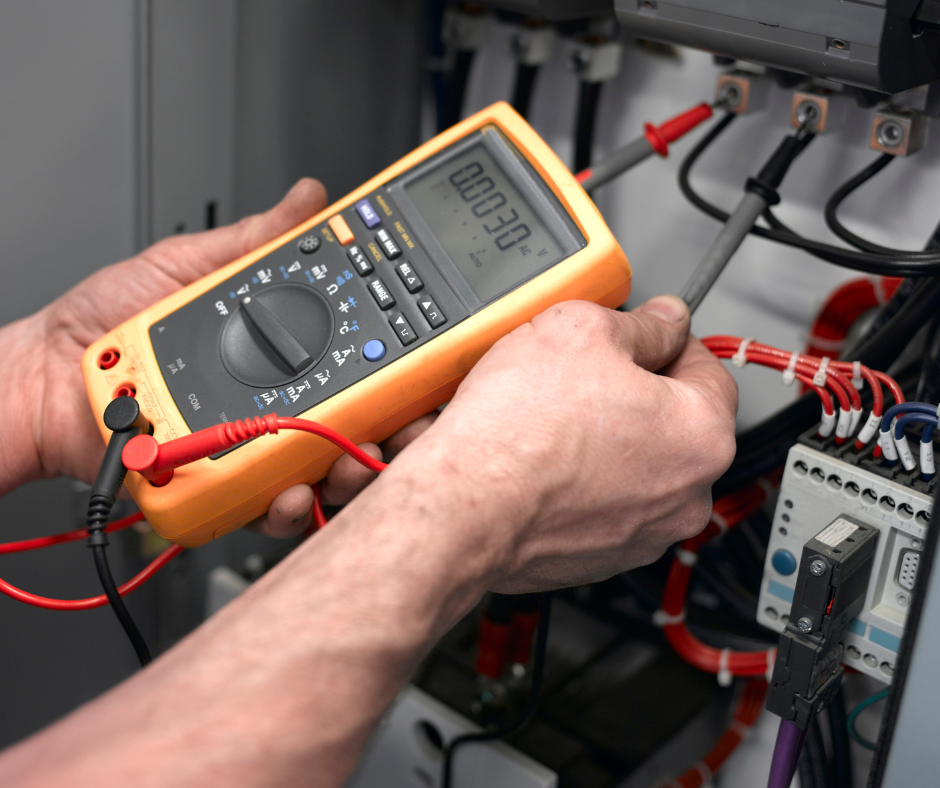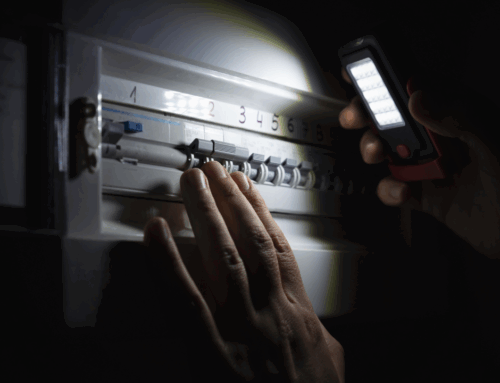If your business uses electrical equipment — from kettles and laptops to power tools and printers — you may have heard of PAT testing. But how often should you actually do it?
Some businesses test too frequently, while others don’t test at all — risking safety and legal issues.
In this post, we’ll explain exactly how often PAT testing is needed, what affects the frequency, and how to stay compliant without overpaying.
What Is PAT Testing?
PAT stands for Portable Appliance Testing. It’s the process of checking electrical appliances for safety through a combination of visual inspection and electronic testing.
It applies to:
-
Office equipment like monitors, computers, printers
-
Kitchen appliances like kettles and microwaves
-
Extension leads, chargers, fans, drills and more
PAT testing is not a legal requirement in itself, but under UK health and safety law, all employers are responsible for ensuring electrical equipment is safe to use.
So, How Often Should It Be Done?
There’s no one-size-fits-all answer, but here are general guidelines based on environment and equipment type:
| Environment | Suggested Frequency |
|---|---|
| Construction site | Every 3 months |
| Industrial workshop | Every 6–12 months |
| Office (low-risk) | Every 1–2 years |
| Schools/education settings | Annually |
| Rented properties (landlords) | At start of each tenancy or annually |
| Hotels/retail | Every 12 months |
Equipment used in high-risk settings, or moved/handled regularly, should be tested more frequently.
What the HSE and IET Recommend
According to the UK’s Code of Practice for In-Service Inspection and Testing of Electrical Equipment, 5th Edition, the need for testing should be based on risk assessment, not fixed schedules.
They recommend businesses assess:
-
The type of appliance
-
How often it’s moved or used
-
The environment it’s used in
-
History of faults or damage
The Health and Safety Executive (HSE) also supports this approach, stating that “low-risk environments like offices may not need annual testing if visual inspections are carried out and the equipment is rarely moved.”
What Happens If You Don’t Test?
Failing to maintain safe electrical equipment can lead to:
-
Electric shocks or fire risks
-
Employee injury or liability claims
-
Breaches of the Electricity at Work Regulations 1989
-
Insurance complications in the event of an incident
That’s why even if PAT testing isn’t legally mandated on a schedule, it’s still essential to document your inspection and maintenance efforts.
Southam Electrical’s Approach to PAT Testing
At Southam Electrical, we help businesses across Oxfordshire and beyond stay compliant with sensible, cost-effective PAT testing programmes.
Our engineers:
-
Carry out both visual and electronic testing
-
Provide clear documentation for your records
-
Use risk-based schedules tailored to your environment
-
Test during off-peak hours to minimise disruption
Whether you need a one-off inspection or a routine service, we’ll make sure your appliances are safe — and your responsibilities are covered.
Visit our Testing & Inspection page to learn more or request a quote.
Final Thoughts
You don’t need to over-test — but you do need to stay compliant. The right PAT testing schedule depends on your environment, risk level, and the type of equipment in use.
If you’re unsure where to start, let a qualified electrician carry out a risk assessment and set a sensible schedule that keeps your business safe, legal, and efficient.







Leave A Comment